SHEET PAN COOKING
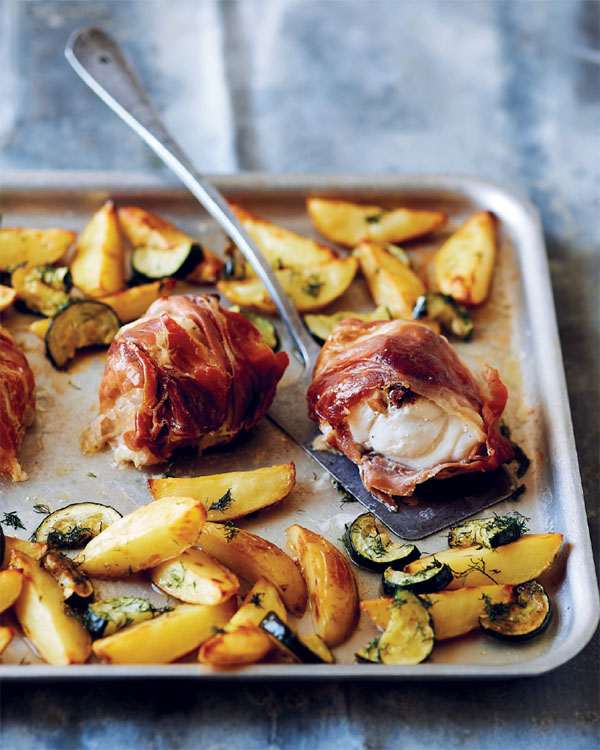
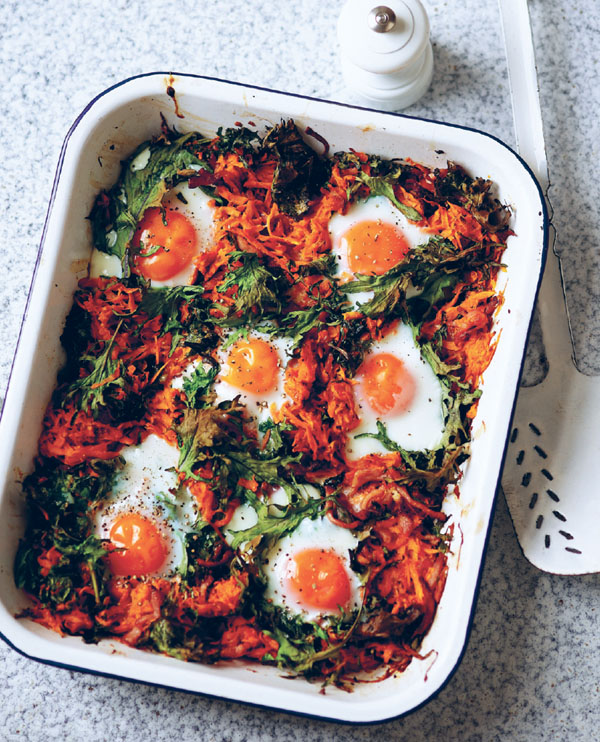
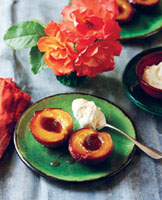
SHEET PAN COOKING recipes for simple and nutritious meals straight from the oven JENNY TSCHIESCHE Photography by Steve Painter
 Senior designer
Senior designer Toni Kay
Editor Miriam Catley
Head of production Patricia Harrington
Art director Leslie Harrington
Editorial director Julia Charles
Publisher Cindy Richards
Photography & prop styling Steve Painter
Food stylist Lucy McKelvie
Indexer Vanessa Bird First published in 2018 by Ryland Peters & Small 2021 Jockeys Fields, London WC1R 4BW and 341 E 116th St, New York NY 10029 www.rylandpeters.com 10 9 8 7 6 5 4 3 2 1 Text copyright Jenny Tschiesche 2018 Design and photographs copyright Ryland Peters & Small 2018 ISBN: 978-1-84975-936-6 Printed in China The authors moral rights have been asserted. All rights reserved. No part of this publication may be reproduced, stored in a retrieval system or transmitted in any form or by any means, electronic, mechanical, photocopying or otherwise, without the prior permission of the publisher. A CIP record for this book is available from the British Library. US Library of Congress Cataloging-in-Publication Data has been applied for.
Notes: Both British (Metric) and American (Imperial plus US cups) measurements are included in these recipes for your convenience, however it is important to work with one set of measurements only and not alternate between the two within a recipe.
All spoon measurements are level unless otherwise specified. A teaspoon is 5 ml, a tablespoon is 15 ml. All eggs are medium (UK) or large (US), unless specified as large, in which case US extra-large should be used. Uncooked or partially cooked eggs should not be served to the very old, frail, young children, pregnant women or those with compromised immune systems. Ovens should be preheated to the specified temperatures. We recommend using an oven thermometer.
If using a fan-assisted oven, adjust temperatures according to the manufacturers instructions. 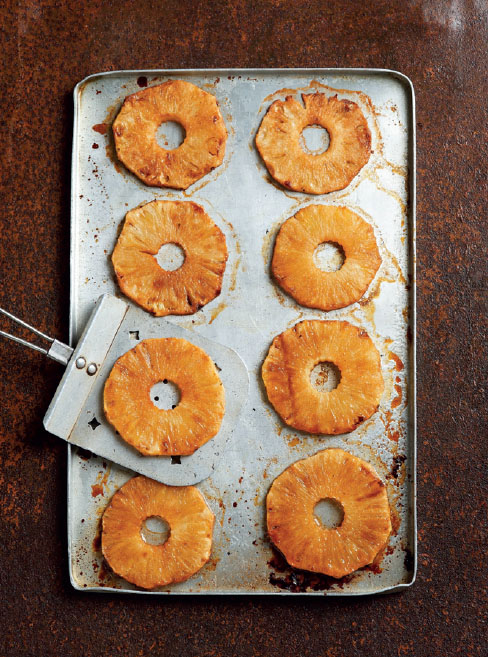 To Werner, Amalie and Samuel, thank you for the loan of your tastebuds and for your critiquing skills but most of all thanks for being so very supportive throughout the process of creating this book. CONTENTS
To Werner, Amalie and Samuel, thank you for the loan of your tastebuds and for your critiquing skills but most of all thanks for being so very supportive throughout the process of creating this book. CONTENTS 
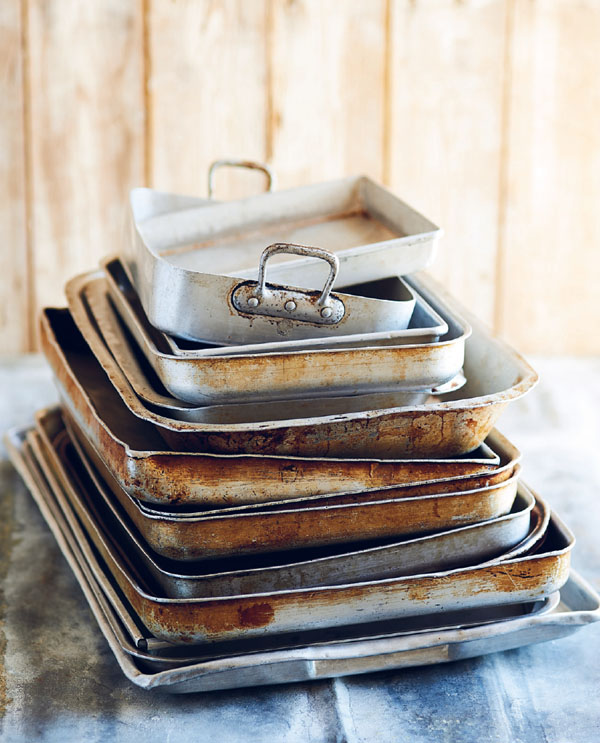 Modern life is busy, chaotic, and full on. Sometimes getting dinner on the table seems like the hardest thing to do after a long day, let alone trying to think up something nutritious everyone will like. It is surprising, therefore, that out of all the modern gadgets in our kitchens designed to make our lives easier, the greatest piece of equipment of them all turns out to be the simplest; the sheet pan, also known as the baking tray or roasting tin. As you will find out in this book, you barely need anything else, apart from a knife or two and (occasionally) a frying pan/skillet. Above all, this book is for families, particularly those parents who want to ensure that the next generation grow up with a real food culture, not a processed food culture.
Modern life is busy, chaotic, and full on. Sometimes getting dinner on the table seems like the hardest thing to do after a long day, let alone trying to think up something nutritious everyone will like. It is surprising, therefore, that out of all the modern gadgets in our kitchens designed to make our lives easier, the greatest piece of equipment of them all turns out to be the simplest; the sheet pan, also known as the baking tray or roasting tin. As you will find out in this book, you barely need anything else, apart from a knife or two and (occasionally) a frying pan/skillet. Above all, this book is for families, particularly those parents who want to ensure that the next generation grow up with a real food culture, not a processed food culture.
Im a nutritionist who works away from home, running workshops or in clinic, and this one pan way of cooking has, on so many occasions, saved me from the edge of madness. Its one of those methods that really requires very little thought and, importantly, little skill. While I am a recipe developer, I am not a chef so you wont find youre being expected to use any fancy culinary skills in this book. What you will find is simple recipes that are achievable by all. I spent several years studying for a nutrition degree at the Institute of Optimum Nutrition while raising a family, and learnt the hard way that family life and healthy eating do not always go hand in hand. Once I graduated, I set about advising groups of parents, young athletes and those in the corporate environment on well-being and optimal nutrition through workshops and in my nutrition clinic.
As time went by I realized that whilst theory is a good thing, practical advice is even better. The practical advice that spoke loudest and reaped the greatest benefits seemed to be in the form of simple recipes. What started out as developing recipes for my workshops and clients grew in an unexpected direction. I was soon developing recipes for major health campaigns run by the BBC and Cancer Research to name a few as well as for many large brands of kitchenware. Its something I have developed a real passion for and simply love to do. Ive worked in schools, for sports organisations and individuals and one of the things that makes me most excited is working with families to make healthy eating easier, whether it is making lunchboxes more interesting or dinner times less stressful.
Each recipe or recipe combination in this book aims to present the opportunity to consume multiple vegetables as well as the right balance of other food groups. In particular I include the right kinds of fats, i.e. those our body knows how to break down and metabolize, and the right kinds of protein from identifiable sources and in an unadulterated and unprocessed (other than cheese, of course) form. The simplicity of a meal that combines some protein, some fat and some carbohydrate, all in an unprocessed form is something our bodies will thank us for both now and in years to come. Its a way of eating we were designed to benefit from. Whilst some are lighter meals others are full-on family feasts, and some are even dinner-party worthy.
Ive also made suggestions regarding which recipes might work well alongside one another. Way back when man discovered fire and the benefits provided by fire, the culinary possibilities exploded and we really started thriving and surviving as a species. Nowadays, we are not thriving so much, and you could argue we are not surviving either. More like hanging on by our fingernails. Some experts believe this current generation of children may not outlive their parents and thats largely due to the environment in which children are growing up. One of the issues with modern living is the abundance of processed junk food.
This book aims to show you just how easy and how simple a step it is to take to create colourful, diverse tray bakes. These are the sorts of meals that the whole family will enjoy, making it possible to sit down together for a meal. If thats not a possibility due to your varied time schedules then simply leave some portions on low in the oven for later; or save the leftovers from the night before and serve these up the following day in lunchboxes or as an earlier evening meal for younger children. One piece of advice is this; do not get stressed about providing foods that your children will eat every meal. Even when they do refuse to eat something remember that so long as they are exposed to that foodstuff regularly it wont become an issue. Just dont force them to eat it.

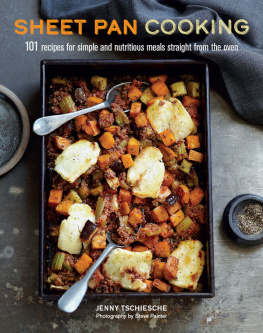
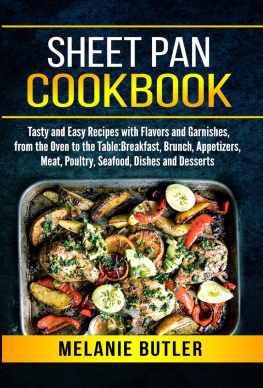

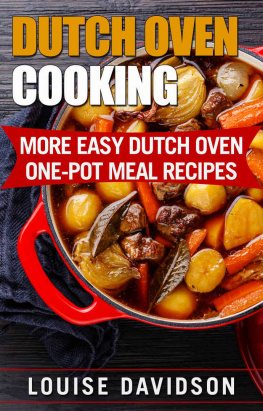

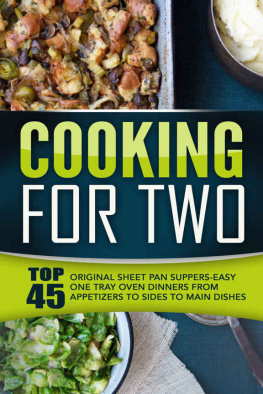





 SHEET PAN COOKING recipes for simple and nutritious meals straight from the oven JENNY TSCHIESCHE Photography by Steve Painter
SHEET PAN COOKING recipes for simple and nutritious meals straight from the oven JENNY TSCHIESCHE Photography by Steve Painter  Senior designer Toni Kay Editor Miriam Catley Head of production Patricia Harrington Art director Leslie Harrington Editorial director Julia Charles Publisher Cindy Richards Photography & prop styling Steve Painter Food stylist Lucy McKelvie Indexer Vanessa Bird First published in 2018 by Ryland Peters & Small 2021 Jockeys Fields, London WC1R 4BW and 341 E 116th St, New York NY 10029 www.rylandpeters.com 10 9 8 7 6 5 4 3 2 1 Text copyright Jenny Tschiesche 2018 Design and photographs copyright Ryland Peters & Small 2018 ISBN: 978-1-84975-936-6 Printed in China The authors moral rights have been asserted. All rights reserved. No part of this publication may be reproduced, stored in a retrieval system or transmitted in any form or by any means, electronic, mechanical, photocopying or otherwise, without the prior permission of the publisher. A CIP record for this book is available from the British Library. US Library of Congress Cataloging-in-Publication Data has been applied for. Notes: Both British (Metric) and American (Imperial plus US cups) measurements are included in these recipes for your convenience, however it is important to work with one set of measurements only and not alternate between the two within a recipe.
Senior designer Toni Kay Editor Miriam Catley Head of production Patricia Harrington Art director Leslie Harrington Editorial director Julia Charles Publisher Cindy Richards Photography & prop styling Steve Painter Food stylist Lucy McKelvie Indexer Vanessa Bird First published in 2018 by Ryland Peters & Small 2021 Jockeys Fields, London WC1R 4BW and 341 E 116th St, New York NY 10029 www.rylandpeters.com 10 9 8 7 6 5 4 3 2 1 Text copyright Jenny Tschiesche 2018 Design and photographs copyright Ryland Peters & Small 2018 ISBN: 978-1-84975-936-6 Printed in China The authors moral rights have been asserted. All rights reserved. No part of this publication may be reproduced, stored in a retrieval system or transmitted in any form or by any means, electronic, mechanical, photocopying or otherwise, without the prior permission of the publisher. A CIP record for this book is available from the British Library. US Library of Congress Cataloging-in-Publication Data has been applied for. Notes: Both British (Metric) and American (Imperial plus US cups) measurements are included in these recipes for your convenience, however it is important to work with one set of measurements only and not alternate between the two within a recipe.  To Werner, Amalie and Samuel, thank you for the loan of your tastebuds and for your critiquing skills but most of all thanks for being so very supportive throughout the process of creating this book. CONTENTS
To Werner, Amalie and Samuel, thank you for the loan of your tastebuds and for your critiquing skills but most of all thanks for being so very supportive throughout the process of creating this book. CONTENTS 
 Modern life is busy, chaotic, and full on. Sometimes getting dinner on the table seems like the hardest thing to do after a long day, let alone trying to think up something nutritious everyone will like. It is surprising, therefore, that out of all the modern gadgets in our kitchens designed to make our lives easier, the greatest piece of equipment of them all turns out to be the simplest; the sheet pan, also known as the baking tray or roasting tin. As you will find out in this book, you barely need anything else, apart from a knife or two and (occasionally) a frying pan/skillet. Above all, this book is for families, particularly those parents who want to ensure that the next generation grow up with a real food culture, not a processed food culture.
Modern life is busy, chaotic, and full on. Sometimes getting dinner on the table seems like the hardest thing to do after a long day, let alone trying to think up something nutritious everyone will like. It is surprising, therefore, that out of all the modern gadgets in our kitchens designed to make our lives easier, the greatest piece of equipment of them all turns out to be the simplest; the sheet pan, also known as the baking tray or roasting tin. As you will find out in this book, you barely need anything else, apart from a knife or two and (occasionally) a frying pan/skillet. Above all, this book is for families, particularly those parents who want to ensure that the next generation grow up with a real food culture, not a processed food culture.